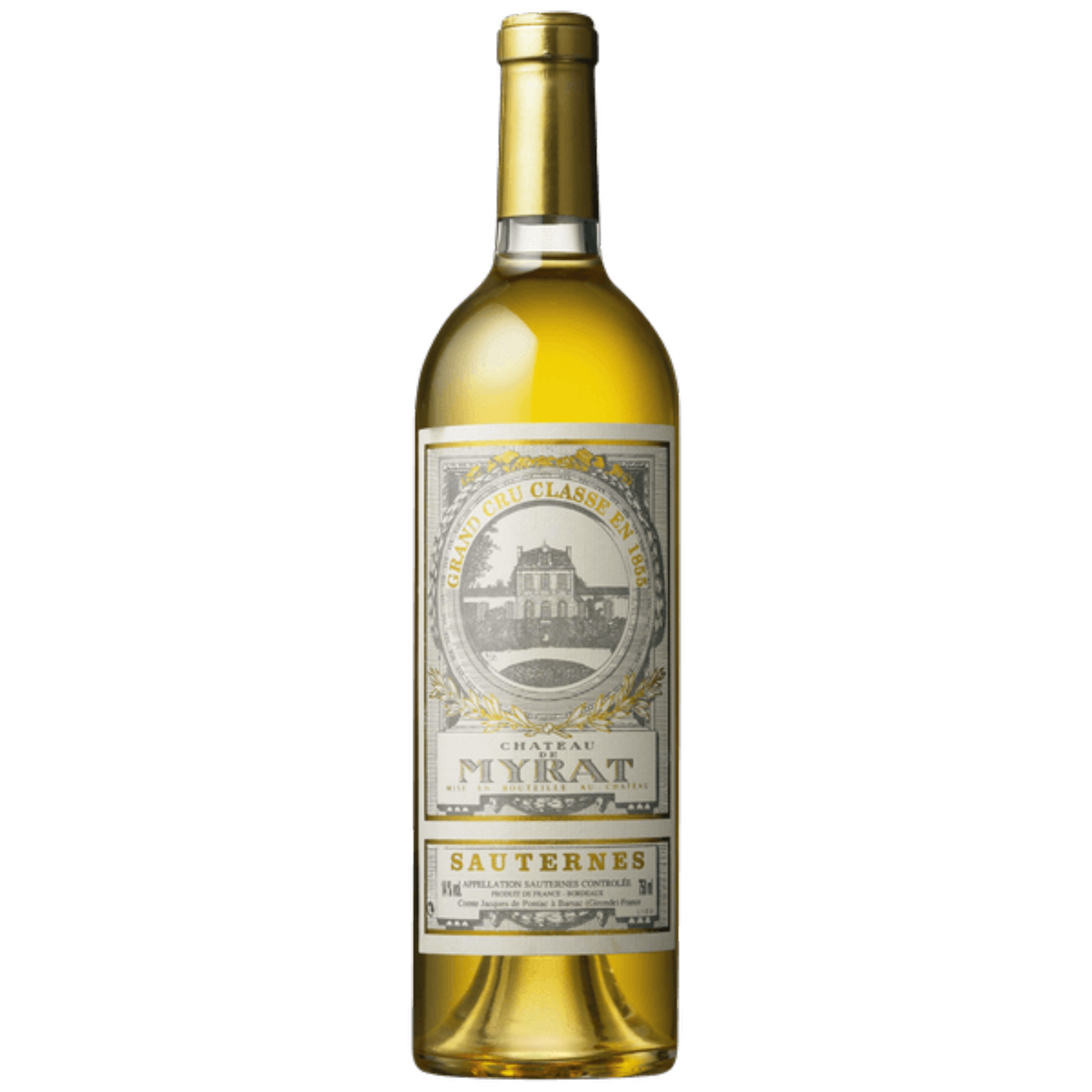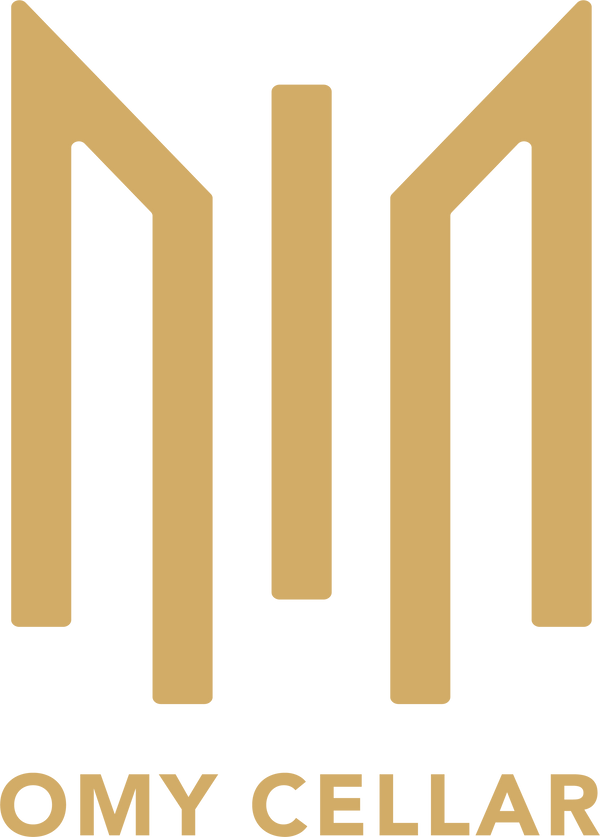Château de Myrat 2005
Château de Myrat 2005
Country: France
Region: Bordeaux
Volume: 750ml
Winery Background and History
Château de Myrat, situated in the Barsac appellation of Bordeaux’s Sauternes region, boasts a history dating back to the 18th century. The estate was established by the Demirat family, from whom it derives its name. In 1937, the de Pontac family, notable for founding Château Haut-Brion, acquired the property. The château was constructed in 1730 by the Demirat family. In 1976, Max de Pontac undertook a complete replanting of the vineyards, a process completed in 1988 by his children, Jacques and Xavier de Pontac. Today, the estate is managed by sisters Slanie and Elisabeth de Pontac, who continue the family’s legacy of producing esteemed sweet wines.
Producer and Winemaker
Under the stewardship of the de Pontac family, Château de Myrat employs traditional winemaking techniques. The winemaking team focuses on meticulous vineyard management and careful selection during harvest to ensure the production of high-quality sweet wines that reflect the unique terroir of Barsac.
Vineyards and Microclimate
The estate encompasses 30 hectares, with 22 hectares under vine and the remainder comprising landscaped parkland. The vineyards are planted on clay and limestone soils, typical of Barsac, which contribute to the distinctive minerality and freshness of the wines. The proximity to the Garonne and Ciron rivers creates a favorable microclimate for the development of noble rot (Botrytis cinerea), essential for producing the rich, sweet wines characteristic of the region. The 2005 vintage benefited from favorable weather conditions, allowing for optimal ripening and concentration of flavors.
Grape Varietals & Percentage Used
The 2005 Château de Myrat is composed of a blend of 88% Sémillon, 8% Sauvignon Blanc, and 4% Muscadelle. This combination contributes to the wine’s complexity, with Sémillon providing richness and body, Sauvignon Blanc adding freshness and aromatic lift, and Muscadelle imparting floral notes.
Vinification & Aging Methods
After hand-harvesting in multiple passes to select grapes affected by noble rot, each grape variety is vinified separately. The Sémillon is fermented and aged in 30% new French oak barrels, while the Sauvignon Blanc is vinified and aged in tanks to preserve its freshness. The final blend is aged in one-third new French oak barrels for approximately 18 months before bottling. This approach enhances complexity and structure while maintaining the wine’s vibrant character.
ABV (Alcohol by Volume)
Approximately 14%
Tasting Notes
The 2005 Château de Myrat presents a medium-bodied profile with a harmonious balance between honeyed sweetness and vibrant acidity. Aromas of apricot, peach, raisin, vanilla, honey, and nuts lead to a palate featuring flavors of orange, tangerine, and candied citrus rind. The wine offers a long, elegant finish, showcasing its considerable finesse.
Food & Wine Pairing
This Barsac sweet wine pairs beautifully with foie gras, blue cheeses, and fruit-based desserts such as tarte tatin or apricot tart. Its sweetness and acidity also complement spicy Asian cuisine, where the wine’s richness can balance the heat and enhance the flavors.
Service Methods and Temperatures
To fully appreciate its aromatic complexity and richness, serve the 2005 Château de Myrat slightly chilled at around 10-12°C (50-54°F) in medium-sized white wine glasses. Allowing the wine to breathe for a few minutes after pouring can enhance its aromas.
Storage and Aging Potential
The 2005 Château de Myrat is suitable for immediate enjoyment but also has the potential to age gracefully for several more years. Proper storage in a cool, dark environment with stable temperatures will allow the wine to maintain its quality and develop additional complexity over time.
Couldn't load pickup availability
Low stock: 3 left
View full details

